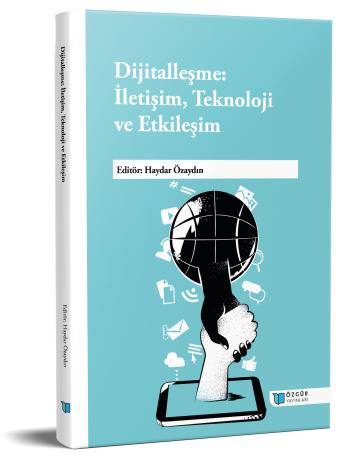
Public or Merely Accessible? The Public Sphere Between the Common World and Fluid Networks
Chapter from the book:
Özaydın,
H.
(ed.)
2025.
Digital Communication: Technology And Interaction .
Synopsis
While the speed and intensity of communication increase the visibility of public issues, they are not sufficient on their own to produce a lasting and profound public sphere. Drawing on Arendt's visibility/common world distinction and Rancière's paradox of democracy, the study brings together Lippmann and Sennett's diagnoses of public apathy and Habermas's understanding of structural transformation. This theoretical strand explains the tension between instantaneous circulation and ephemeral debate that emerges when digital platforms combine with the economies of attention and affect. Warner's publics/counterpublics framework and his discussion of context collapse demonstrate how online pluralism can fragment. The study proposes three indicators to measure the durability of publicity: circulation time, counter-argument density, and institutional resonance. Recent cases demonstrate that public pressure can trigger decisions, but the debate fades unless it is channeled into institutional structures (parliament, judiciary, regulators, public broadcasting, NGOs). Ultimately, speed is the trigger, and institutions are the bearers of publicity.

